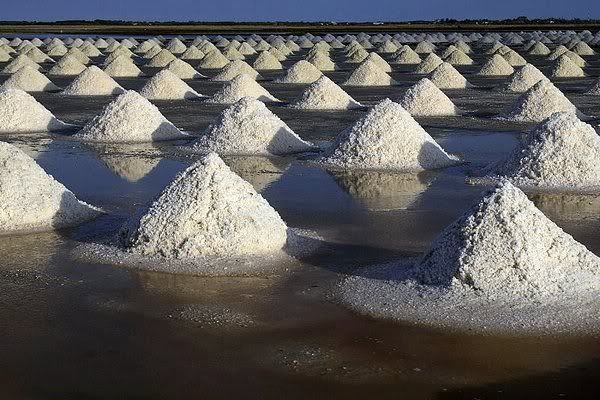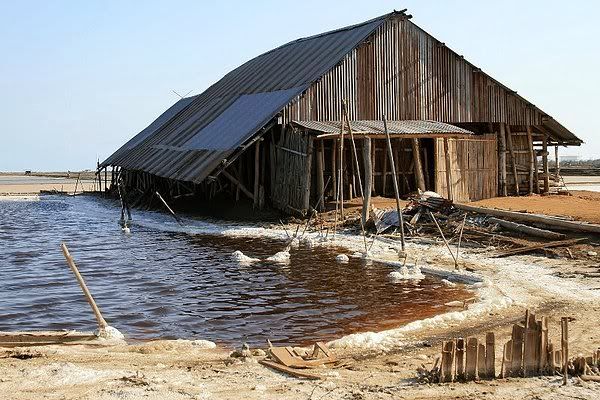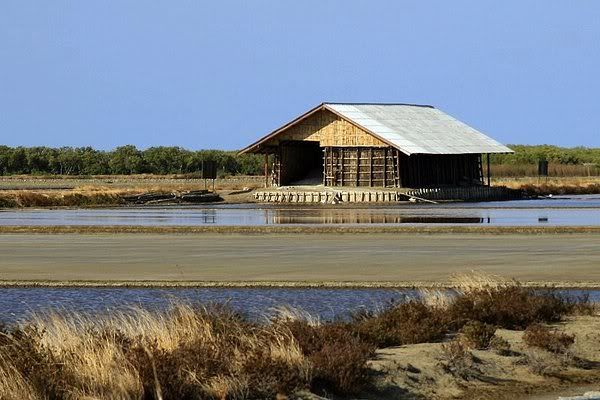View Petchaburi Coast in a larger map
To get to this area just drive from Bangkok southwest to either Samut Songkram or Petchaburi. From either of the towns, you can approach this area on many local small roads, which themselves are good for rice paddie, canal-side, telephone wire and swamp birding.
Photography is very good throughout the region as the areas are open with good light. Plan to do a mid-morning and early-evening run, as the sun at the height of the day is very strong and oppressive (as is the heat). Likewise if you go too early, you will also have poor light. Stay in your vehicle as much as possible and try to use it as a hide. If you leaves your vehicle, you will certainly scare the birds beyond any useful photographic distance as well as unduly disturbing them.
In these wader sites, you will be driving along the dykes between the salt pans (mostly dirt roads, few paved), so it is best to drive the areas first to get the lay of the land. Then plan your photography work with the sun's angle for the best lighting.
Here are some good photos from the trip.
Painted Stork (Mycteria leucocephala) Occasionally small flocks present at the "other good wader location" or seen flying around the salt flats.

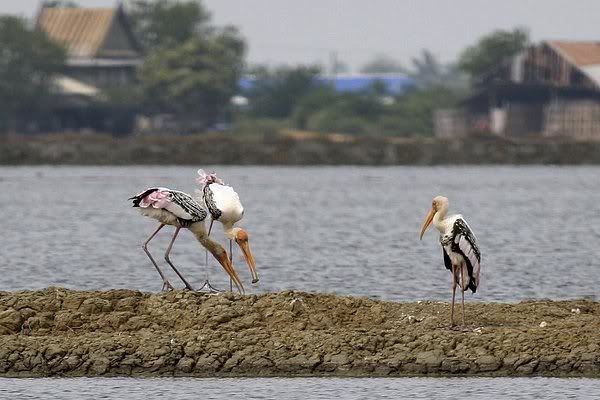
Curlew Sandpiper (Calidris ferruginea), common and most still in non-breeding plumage. Pak Thale is always a good place to photograph these as they are very common here and easy to approach in a vehicle.
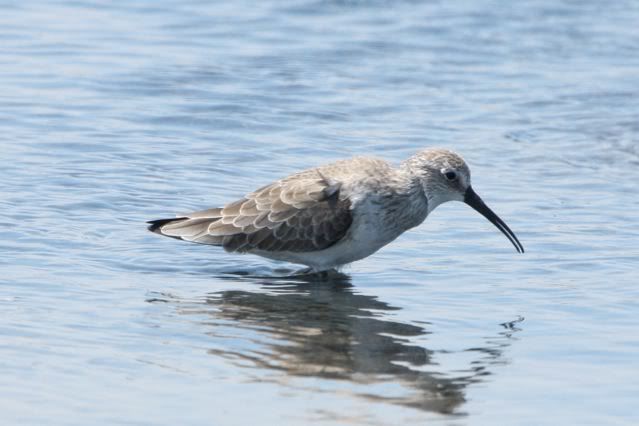
Marsh Sandpiper (Tringa stagnatilis), also quite common. Some were going into breeding plumage. Marshies are very easy to photograph here throughout the winter.

Common Redshank (Tringa totanus), in small to medium numbers depending on the season. The "Other Good Wader Site" designated on the map is the best place to see and photograph them. Occasionally Spotted Redshank are seen.

Oriental Pratincole (Glareola maldivarum), present in small numbers although seen in open fields behind the salt pans salt pans.

Common Sandpiper (Actitis hypoleucos), always a few around, generally seem singly.
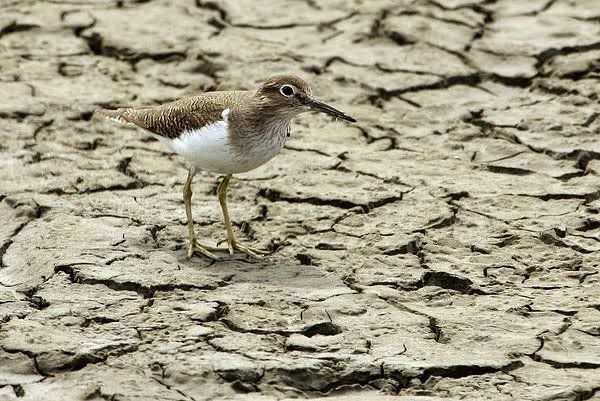
Pacific Golden Plover (Pluvialis fulva) Usually resent in small numbers.
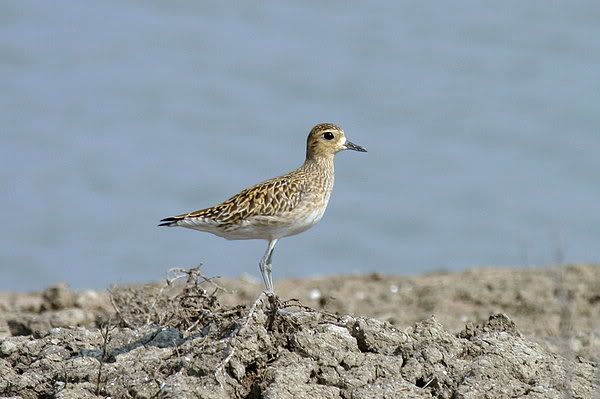
Salt Flats Landscape
